Why do they always recommend to 'thin' your plants?
it_better_be_organic
17 years ago
Related Stories
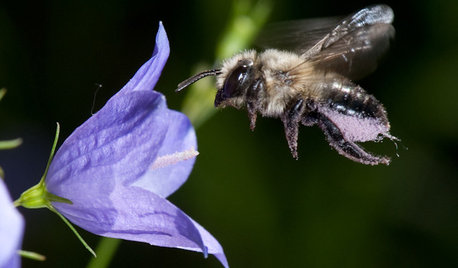
NATIVE PLANTSGreat Design Plant: Color Outside the Lines With Bluebell Bellflower
Plant this Campanula on pathway and patio edges for shots of bright blue from May through September
Full Story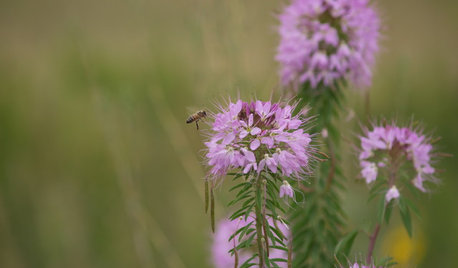
GARDENING GUIDESGreat Design Plant: Cleome Serrulata
Beckon bees and other pollinators in for a drink of nectar from this western U.S. native’s late-summer flowers
Full Story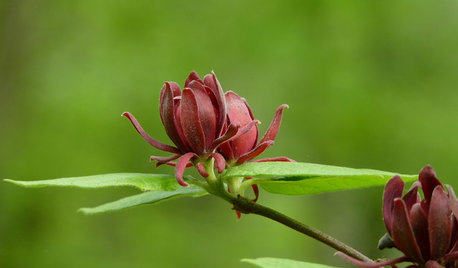
GARDENING GUIDESGreat Design Plant: Calycanthus Floridus
This U.S. native plant — also called Eastern sweetshrub, Carolina allspice and strawberry shrub — is an aromatic and a visual treat
Full Story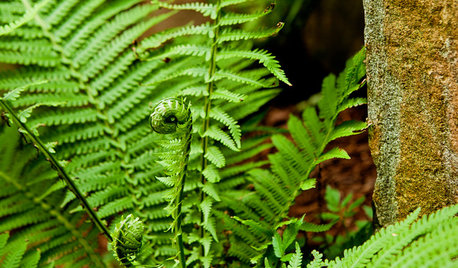
GARDENING GUIDESGreat Design Plant: Ostrich Fern (Matteuccia struthiopteris)
Try this giant among ferns for a showstopping sight in a shady or even somewhat sunny woodland garden
Full Story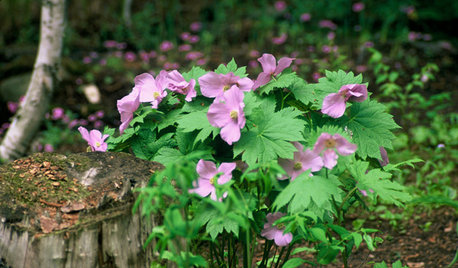
GARDENING GUIDES7 Shade-Loving Rarities of the Plant World
Cultivate a discriminating air in a shady garden patch with these uncommon woodland wonders
Full Story
GARDENING FOR BUTTERFLIES3 Ways Native Plants Make Gardening So Much Better
You probably know about the lower maintenance. But native plants' other benefits go far beyond a little less watering and weeding
Full Story
GARDENING GUIDES10 Top Native Plants for Northern California Gardens
Enjoy a fuss-free, water-wise garden by growing plants naturally in tune with the climate and wildlife of Northern California
Full Story
FARM YOUR YARDHow to Build a Raised Bed for Your Veggies and Plants
Whether you’re farming your parking strip or beautifying your backyard, a planting box you make yourself can come in mighty handy
Full Story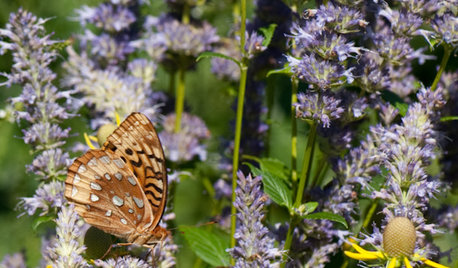
GARDENING GUIDESGreat Design Plant: Anise Hyssop Delights Licorice Lovers
With its distinct scent and flower spikes, drought-tolerant Agastache foeniculum stirs interest among humans and winged creatures alike
Full Story
LANDSCAPE DESIGNThe 7 Best Plant Types for Creating Privacy and How to Use Them
Follow these tips for using different kinds of plants as living privacy screens
Full Story






username_5
habitat_gardener
Related Professionals
Canton Landscape Contractors · Edmond Landscape Contractors · Allentown Landscape Contractors · Tempe Landscape Contractors · Fort Atkinson Landscape Contractors · Kailua Landscape Contractors · New Braunfels Landscape Contractors · Norwalk Landscape Contractors · Plymouth Landscape Contractors · Teaneck Landscape Contractors · Weslaco Landscape Contractors · Westchester Landscape Contractors · Framingham Decks, Patios & Outdoor Enclosures · Paradise Valley Decks, Patios & Outdoor Enclosures · Pataskala Decks, Patios & Outdoor Enclosurestrancegemini_wa
Kimmsr
it_better_be_organicOriginal Author
adirondackgardener